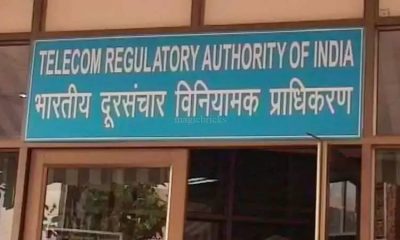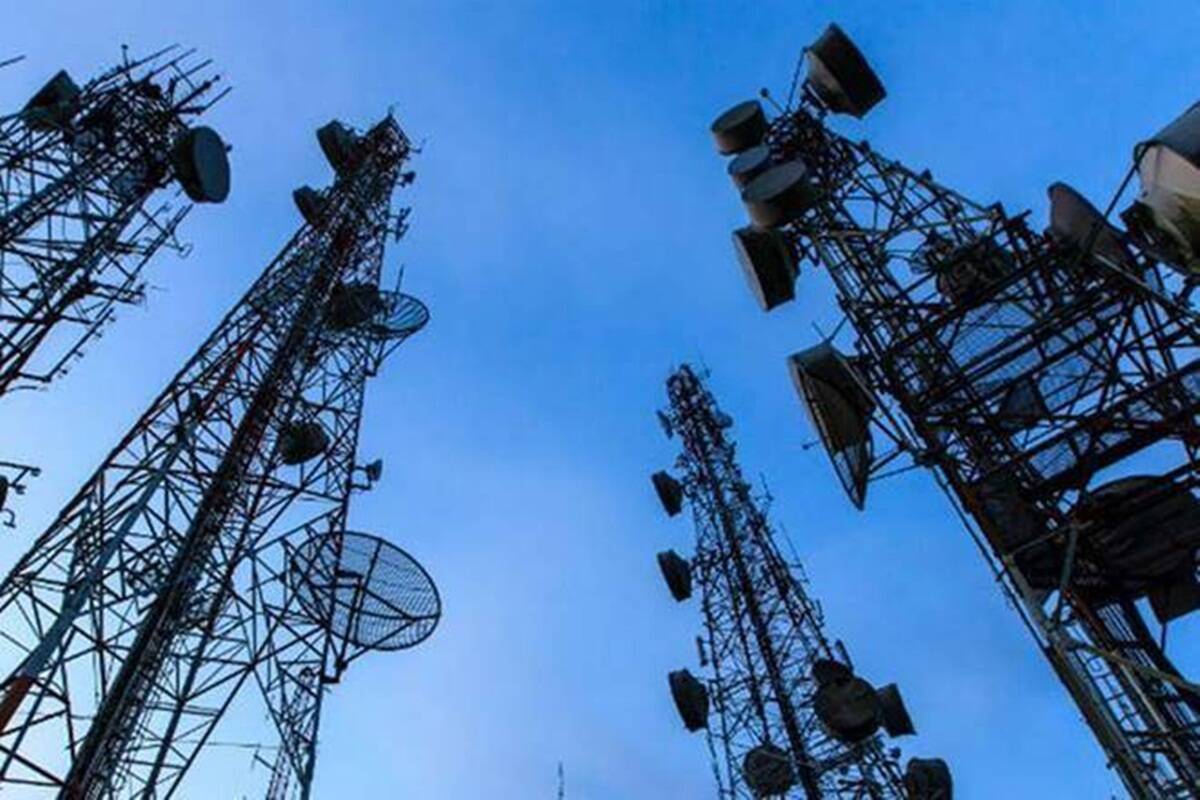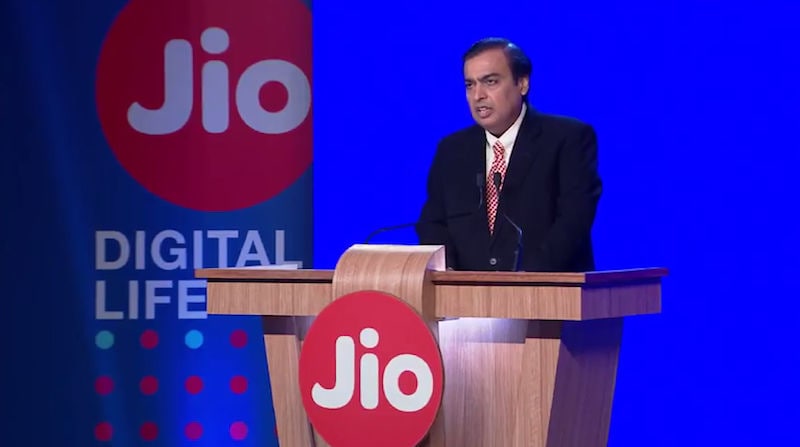4g
Telcos can get some airwaves for less than half the price paid earlier

NEW DELHI: Telecom operators can get spectrum in the 900 megahertz band, used for 4G services, in the upcoming auction for less than half the price paid for several circles in previous auctions, as per the base prices declared by the Department of Telecom.
While most of the base prices are based on the recommendations of the Telecom Regulatory Authority of India (Trai), the Department of Telecom (DoT) has made some changes in the 700 megahertz and 1800 Mhz bands in select circles for the auctions scheduled to start from March 1.
This round of auction will be held for 2,251.25 megahertz (MHz) spectrum in seven frequency bands — 700 Mhz, 800 Mhz, 900 Mhz, 1800 Mhz, 2100 Mhz, 2300 Mhz and 2500 Mhz — at a cumulative base price of Rs 3.92 lakh crore recommended by Trai.
The government has kept frequency bands of 3,300-3,600 MHz, that can be used for 5G services, out of the upcoming auction. These frequencies were part of Trai recommendations for the auction.
The reserve price in the 900 Mhz bands frequencies in Assam, Karnataka and North East have been reduced by more than 50 per cent compared to the amount bidders paid in the spectrum auctions held in 2015.
The DoT has lowered the base price in the 900 Mhz band in 11 circles in the range of 27 to 57 per cent compared to the market discovered price in auctions that were conducted in 2014 and 2015.
The base price of 900 Mhz band spectrum in Delhi has been lowered by around 28 per cent to Rs 585 crore from Rs 811.62 crore per Mhz that was paid by Bharti Airtel, Vodafone and Idea in 2014.
The base price for 900 Mhz band in Karnataka circle has come down to Rs 238 crore per Mhz from Rs 557.5 crore paid by operators in the March 2015 auction, in Kerala to Rs 199 crore from Rs 369.4 crore and Madhya Pradesh Rs 195 crore from Rs 309.5 crore.
Back of the envelope calculation shows that the base price of all 81.4 Mhz paired spectrum in the 900 Mhz band in the upcoming auction is around Rs 9,000 crore lower than the price paid by operators in earlier rounds.
Earlier too the DoT had lowered the reserve price for spectrum in telecom circles where no bids were received.
There were no bidders for 900 Mhz spectrum band in the October 2016 auction for four circles — Bihar, Gujarat, UP East and UP West. The prices in these circles have been slashed in the range of 44 per cent to 72 per cent this time compared to the 2016 base price.
The base price in the 800 Mhz band has been lowered because spectrum in this band remained unsold in 15 of the 19 circles that were put for auction in 2016. Bids were received only for Gujarat, Punjab, Rajasthan and UP East.
According to ICICI Securities, the final reserve price for 800 MHz spectrum in the upcoming auction is 18.5 per cent lower than the October 2016 auction price, which should benefit the relevant operators.
The base prices of spectrum in 1800 Mhz and 2300 Mhz bands have been fixed 14.5 per cent and 17.5 per cent higher than the October 2016 base price, according to ICICI Securities.
The DoT has also increased base price of 700 Mhz in North East and Jammu and Kashmir circles to Rs 34 crore compared to Rs 30 crore recommended by Trai.
“Reserve price for 700 Mhz spectrum is 38 per cent higher than 800 MHz spectrum with prices in three metro circles being 56 per cent higher compared to 800 Mhz spectrum. We thus expect telcos to again give a miss to spectrum in the 700 band,” a Credit Suisse report said.
Market analysts believe the upcoming spectrum auction will get bids in the range of Rs 30,000-Rs 50,000 crore.
Source: Press Trust of India
4g
Vi enhances 4G network coverage for its customers in Maharashtra and Goa
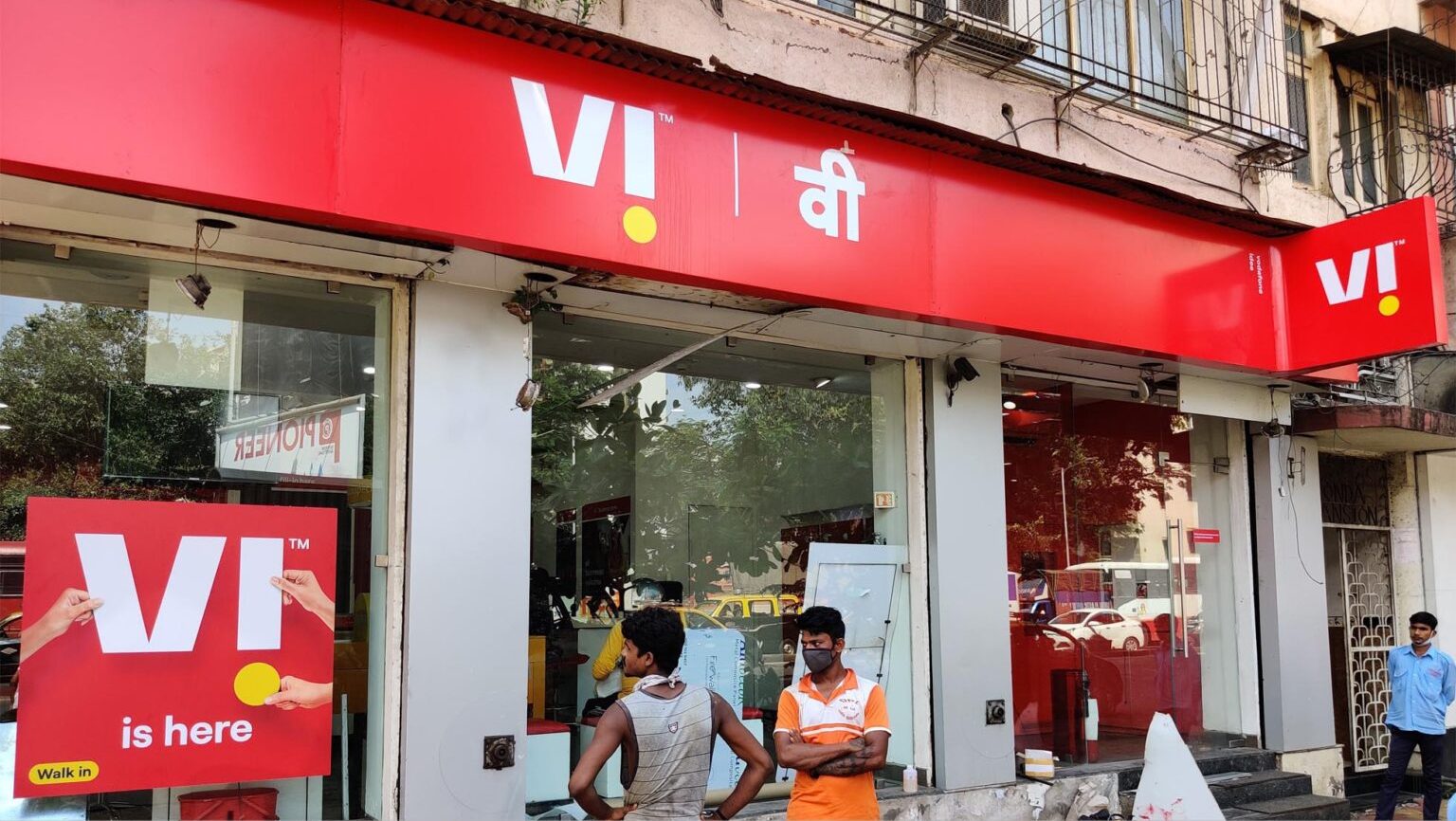
NEW DELHI: Leading telecom brand Vi, has enhanced its 4G experience in Maharashtra & Goa enabling its customers get a better network experience and faster speeds. Vi has till now deployed the highly efficient 900MHz spectrum on over 6430 sites as well as 1800 MHz band on over 16450 sites in Maharashtra & Goa, empowering 78 percent population in the two states to enjoy stronger network indoors while they work, study, socialize, access entertainment, ecommerce and other digital services.
In addition, Vi Customers in commercial/residential areas of Pune, Nagpur, Nashik, Aurangabad, Kolhapur, Solapur, Goa and other important towns are experiencing enhanced voice and data experience even indoors in high population pockets of these cities.
Rohit Tandon, Cluster Business Head- Maharashtra & Goa, Vodafone Idea, said “I would like to extend an invitation to pre-paid and post-paid mobile phone users in Maharashtra & Goa to enjoy a superior, upgraded 4G experience on the Vi network. We have undertaken multiple initiatives over the past year to widen our 4G coverage in the circle as well as strengthen indoor network coverage across cities. Vi customers can choose from a bouquet of choice plans that allow every member of the family to do more and get more on Vi’s 4G network. As we continue our endeavours toward 5G readiness, we remain committed to bring the best in technology, products and services to enable our customers get ahead in life.”
2g
India approves upgradation of 2G mobile sites to 4G at security sites in LWE areas
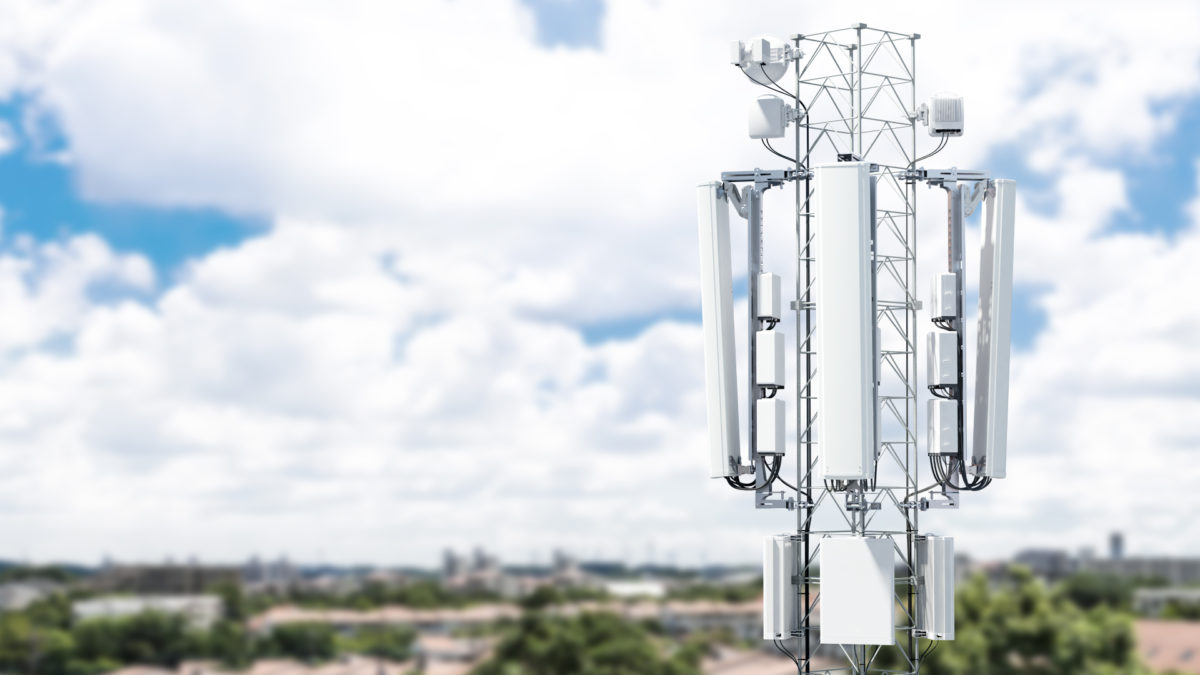
NEW DELHI: The Union Cabinet chaired by the Prime Minister Narendra Modi has approved a Universal Service Obligation Fund (USOF) project for upgrading 2G mobile services to 4G at security sites in Left Wing Extremism (LWE) areas
The Project envisages upgrading2,343 left Wing Extremism Phase-I sites from 2G to 4G mobile services at an estimated cost of Rs.1,884.59 crore (Excluding taxes and levies). This includes O&M for five years. However, BSNL will maintain the sites for another five years at its own cost. The work will be awarded to BSNL because these sites belong to BSNL.
The Cabinet also approved funding of operations and maintenance cost of LWE Phase-I 2G sites by BSNL for an extended period beyond the contractual period of five years at an estimated cost of Rs.541.80 crore. The extension will be up to 12 months from the date of approval by the Cabinet or commissioning of 4G sites, whichever is earlier.
Government chose BSNL for a prestigious project to indigenous 4G telecom equipment so as to achieve self-reliance in the telecom gear segment to fulfil domestic market needs apart from exporting to other markets. This 4G equipment will be deployed in this project also.
The upgradation will enable better internet and data services in these LSW areas. It meets the requirements of Ministry of Home Affairs and the state governments. It shall also fulfil the communication needs of the security personnel deployed in these areas. The proposal is in line with the goal of providing mobile connectivity in rural areas. In addition, delivery of various e-governance services, banking services, tele-medicine; tele-education etc. through mobile broadband shall be possible in these areas.
4g
Jio’s IAX and IEX projects to address region’s data revolution

NEW DELHI: Reliance Jio Infocomm Ltd. (Jio), India’s leading 4G and mobile broadband digital service provider, is constructing the largest international submarine cable system centered on India. Jio, in conjunction with several key global partners and world-class submarine cable supplier SubCom, is currently deploying two next generation cables to support the extraordinary growth in data demand across the region.
The India-Asia-Xpress (IAX) system connects India eastbound to Singapore and beyond, while the India-Europe-Xpress (IEX) system connects India westbound to the Middle East and Europe. The systems will seamlessly interconnect as well as connect to the world’s top interexchange points and content hubs for extension of service globally. IAX and IEX will enhance the ability for consumer and enterprise users to access content and cloud services in and out of India.
For the first time in the history of fiber optic submarine telecommunications, these systems place India at the center of the international network map, recognizing India’s increased importance, staggering growth, and the quantum shift in data use since the launch of Jio services in 2016.
These high capacity and high-speed systems will provide more than 200Tbps of capacity spanning over 16,000 kilometers. Employing open system technology and the latest wavelength switched RoADM/branching units ensures rapid upgrade deployment and the ultimate flexibility to add/drop waves across multiple locations.
“Jio is at the forefront of India’s explosive growth in digital services and data consumption. To meet the demands of Streaming Video, Remote Workforce, 5G, IoT, and beyond, Jio is taking a leadership role in the construction of the first of its kind, India-centric IAX and IEX subsea systems,” said Mathew Oommen, President, Reliance Jio.
“Implementing these critical initiatives in the shadow of a global pandemic is a challenge, but the ongoing pandemic has only accelerated the digital transformation and the necessity of high-performance global connectivity for the delivery of a richer experience to enterprises and consumers,” he added.
The IAX system connects India, the world’s fastest growing economy, to Asia Pacific markets with express connectivity from Mumbai and Chennai to Thailand, Malaysia, and Singapore. The IEX system extends India’s connectivity to Italy, landing in Savona, and additional landings in the Middle East and North Africa.
Apart from the seamless connection of the IAX and IEX sub-sea systems, the two systems are also connected to the Reliance Jio Global Fiber Network beyond Asia Pacific and Europe, connecting to both the east and west coast of the USA. IAX is expected to be ready for service mid-2023, while IEX will be ready for service in early 2024.







